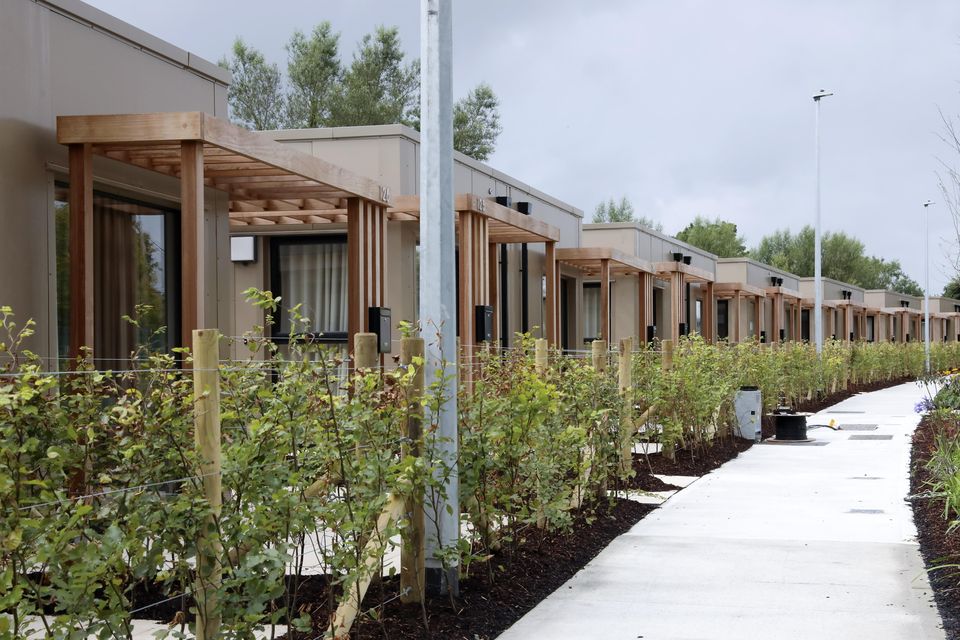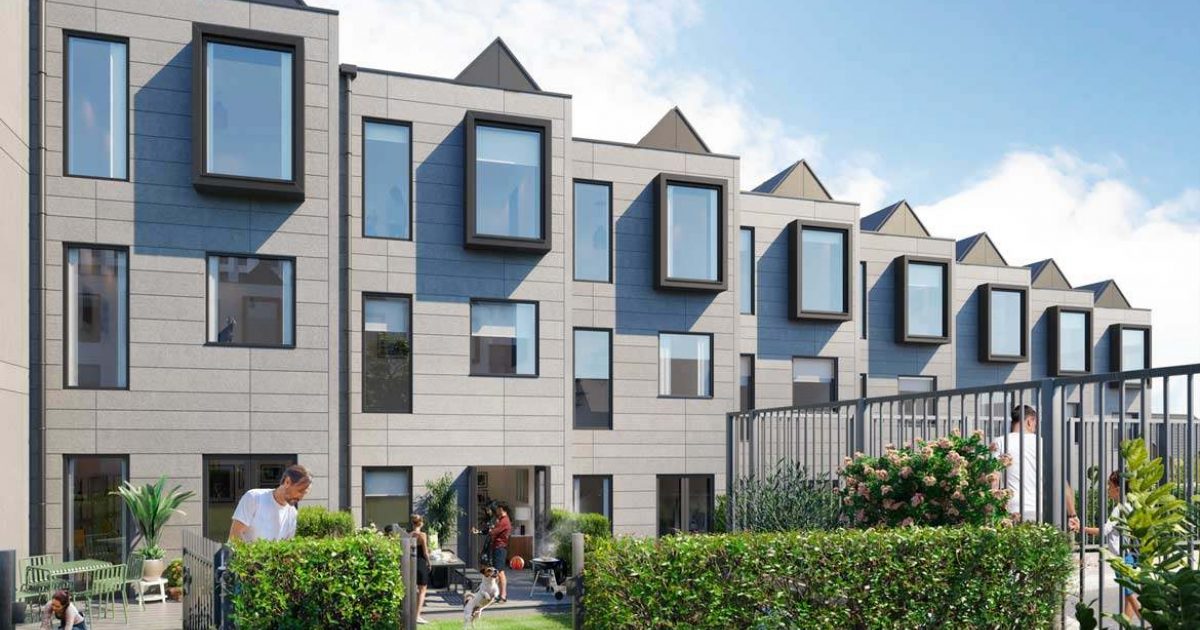
Low-carbon housing solutions for Sustainable Living
In today’s world, where climate change and environmental concerns are at the forefront, the concept of low-carbon housing solutions has gained significant importance. As global citizens, we are becoming increasingly aware of the need to reduce our carbon footprint and embrace more sustainable housing options. This article aims to shed light on low-carbon housing solutions, providing insight into how these innovative approaches can pave the way for a greener future.

What are Low-carbon Housing Solutions?
Low-carbon housing refers to construction practices and living arrangements designed to minimize carbon emissions. These solutions involve a comprehensive approach, incorporating energy-efficient technologies, renewable materials, and sustainable design principles. The goal is to create homes that not only reduce environmental impact but also offer economic benefits to homeowners.
The Importance of Sustainable Housing
The housing sector plays a crucial role in contributing to global carbon emissions. By adopting low-carbon housing solutions, we can effectively combat climate change while ensuring long-term economic and environmental sustainability. These solutions not only reduce energy consumption but also promote healthy living spaces.
Key Features of Low-carbon Homes
- Energy Efficiency: Using high-quality insulation, energy-efficient appliances, and smart home technologies can significantly reduce energy consumption.
- Renewable Energy: Incorporating solar panels or wind turbines as part of the home’s infrastructure to generate clean energy.
- Sustainable Materials: Utilizing environmentally friendly materials such as recycled wood or bamboo in construction.
- Water Conservation: Implementing rainwater harvesting systems and low-flow fixtures to reduce water usage.
Advantages of Adopting Low-carbon Housing Solutions
Adopting low-carbon housing solutions presents numerous benefits. These include reduced utility bills, improved indoor air quality, and increased property value. Additionally, homeowners can take pride in contributing positively to the environment.
The Economic Perspective
While the initial investment in low-carbon homes might be higher, the long-term financial benefits are substantial. Energy savings and potential government incentives can offset these costs, making it a financially viable option for many. The resale value of sustainable homes is also typically higher than traditional homes.
Challenges in Implementation
Despite the clear benefits, implementing low-carbon housing solutions is not without challenges. One major barrier is the higher upfront costs associated with green technologies. Moreover, there’s often a knowledge gap among consumers regarding the benefits and options available in sustainable housing.
Overcoming Barriers
To overcome these challenges, it’s essential to increase awareness and provide better education on low-carbon housing solutions. Additionally, policy interventions and incentives from governments can help make these solutions more accessible to the general public.
Case Studies of Successful Low-carbon Housing Projects
Throughout the world, several projects have demonstrated the efficacy of low-carbon housing solutions. For example, smart modular homes have become popular in many urban areas, offering eco-friendly living in a compact and efficient manner. Similarly, communities in Scandinavia and Germany have adopted passive house standards, leading the way in energy-saving designs.
Future Prospects for Low-carbon Housing
The future of low-carbon housing solutions looks promising as technological advancements continue to emerge. Innovations such as modular housing designs and smart home technologies are expected to drive further progress in this area.
Technological Innovations
The integration of artificial intelligence and IoT in home systems can enhance energy management, making homes more environmentally friendly and user-centric. Furthermore, new construction materials that are sustainable and cost-effective are continually being developed.
Steps Individuals Can Take
While broader systemic changes are crucial, individual actions also play a significant role in promoting sustainable housing. Simple actions such as improving home insulation, switching to LED lighting, and installing programmable thermostats can make a considerable difference.
Community Initiatives
Participating in community-based environmental programs and supporting local policies aimed at reducing carbon emissions can amplify the impact of individual efforts. Communities worldwide are increasingly coming together to promote low-carbon living.
Conclusion
Adopting low-carbon housing solutions is a vital step towards a more sustainable and environmentally friendly future. As we advance, it is imperative to continue investing in and supporting these solutions to ensure a healthier planet for future generations.

FAQ Section
What is a low-carbon home?
A low-carbon home is designed to minimize carbon emissions through energy efficiency, renewable energy, and sustainable building materials.
How can I make my home more eco-friendly?
To make your home more eco-friendly, consider using energy-efficient appliances, improving insulation, integrating renewable energy sources like solar panels, and conserving water.
Are there incentives for building green homes?
Yes, many governments offer financial incentives such as tax credits or rebates for building or renovating homes with low-carbon features and energy-efficient technologies.
This article contains affiliate links. We may earn a commission at no extra cost to you.